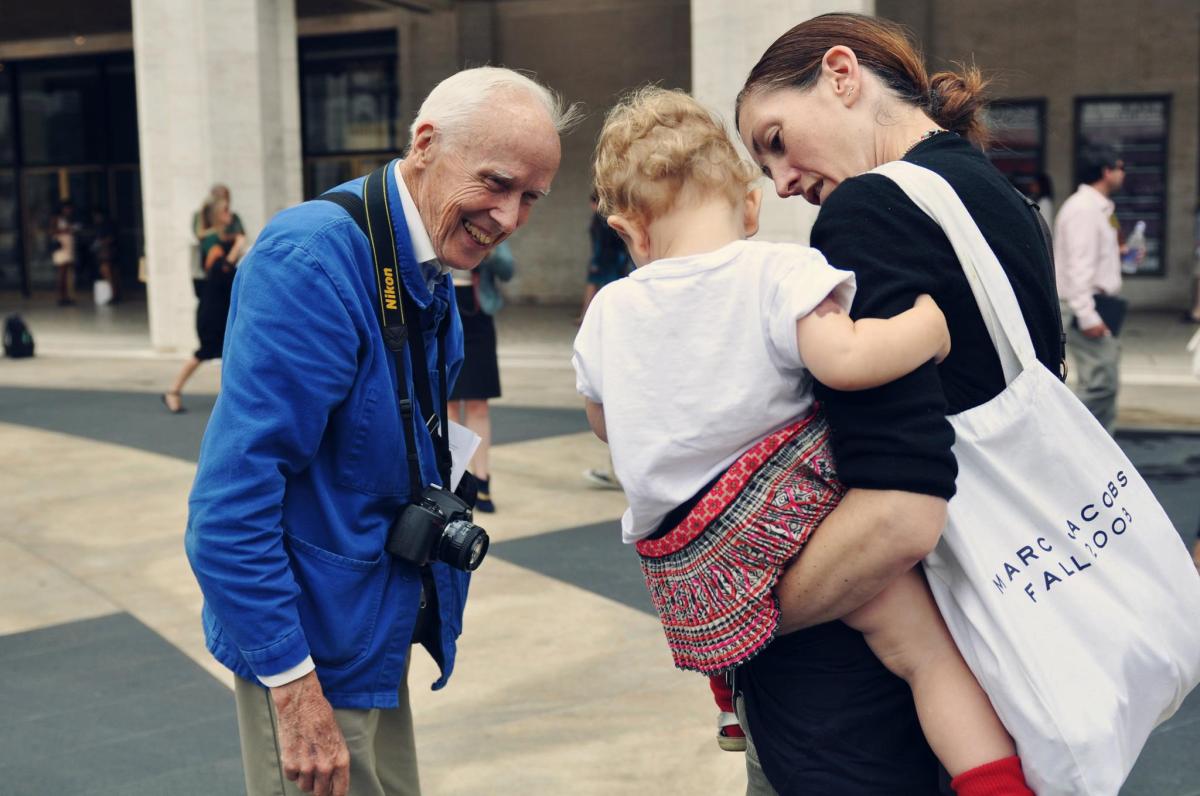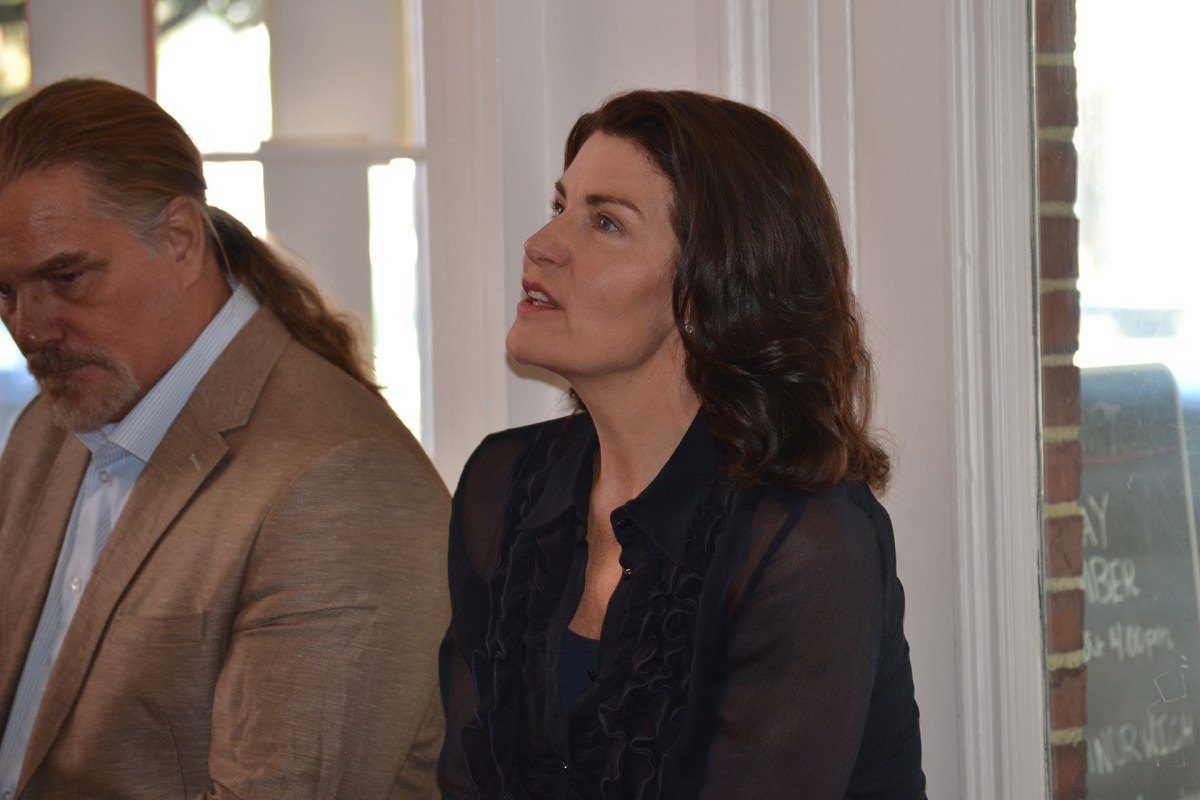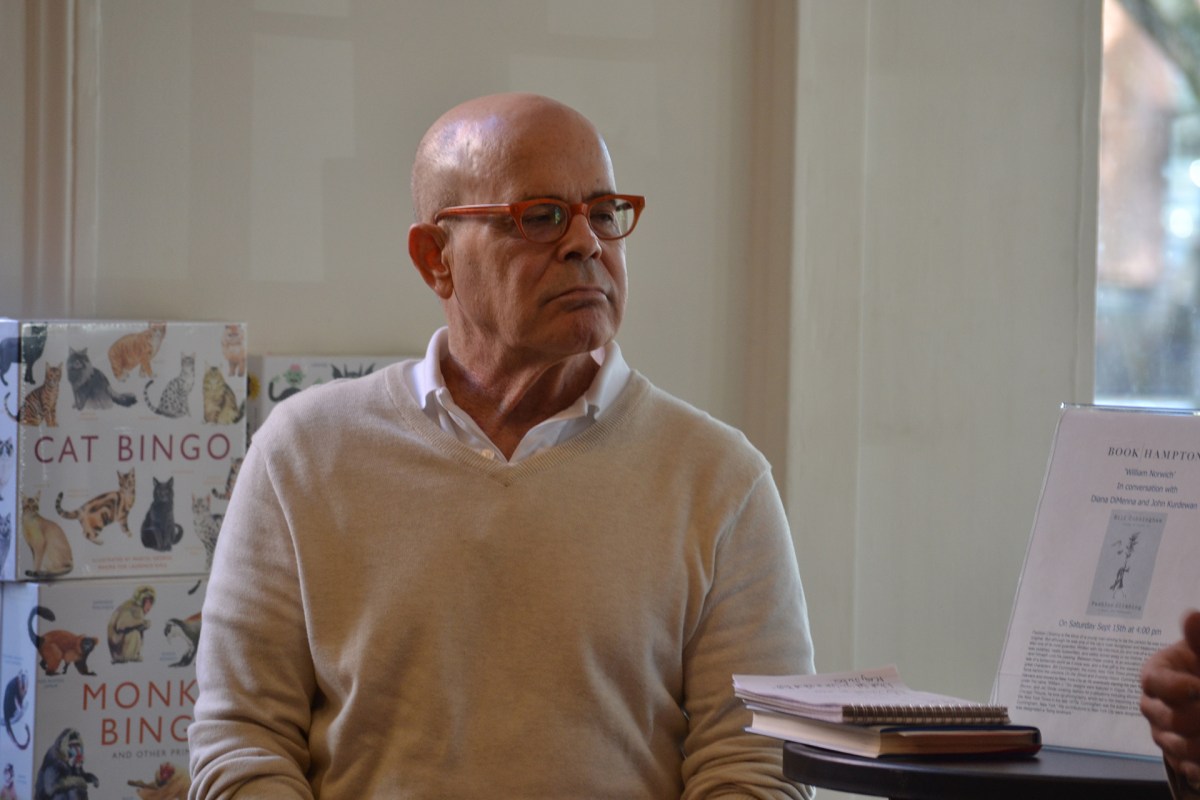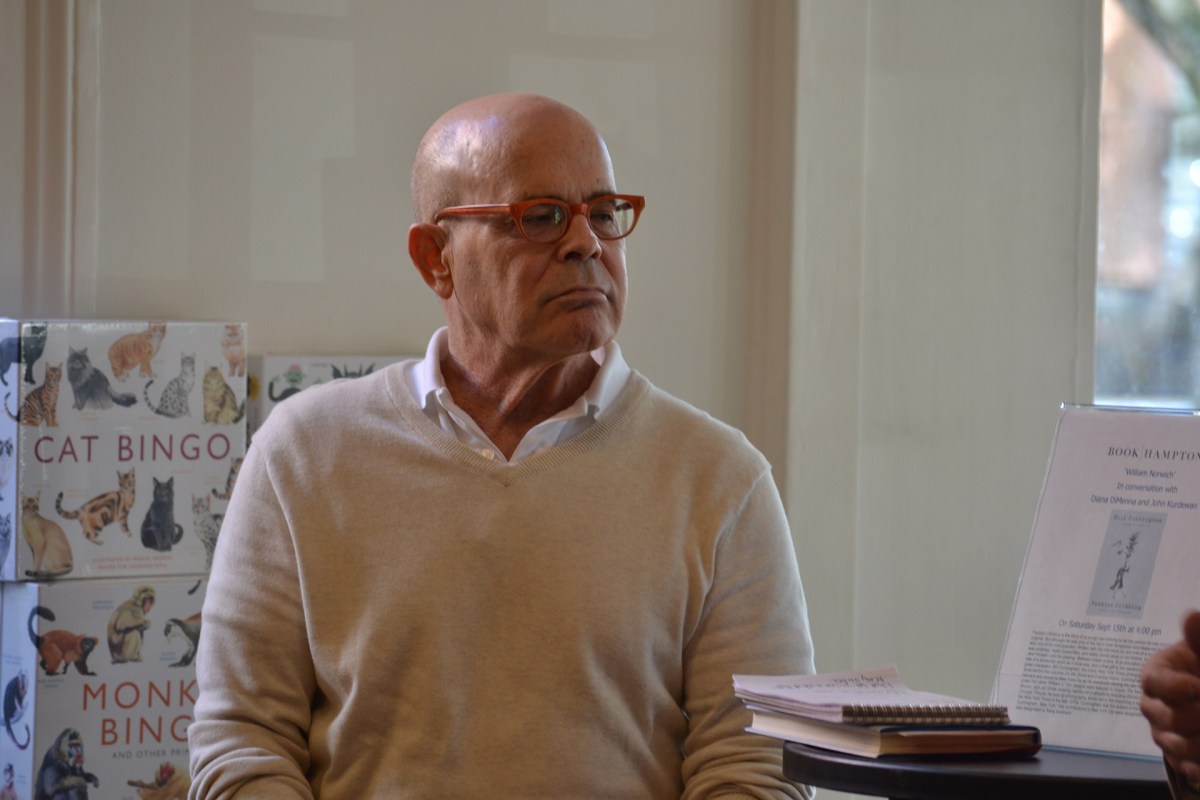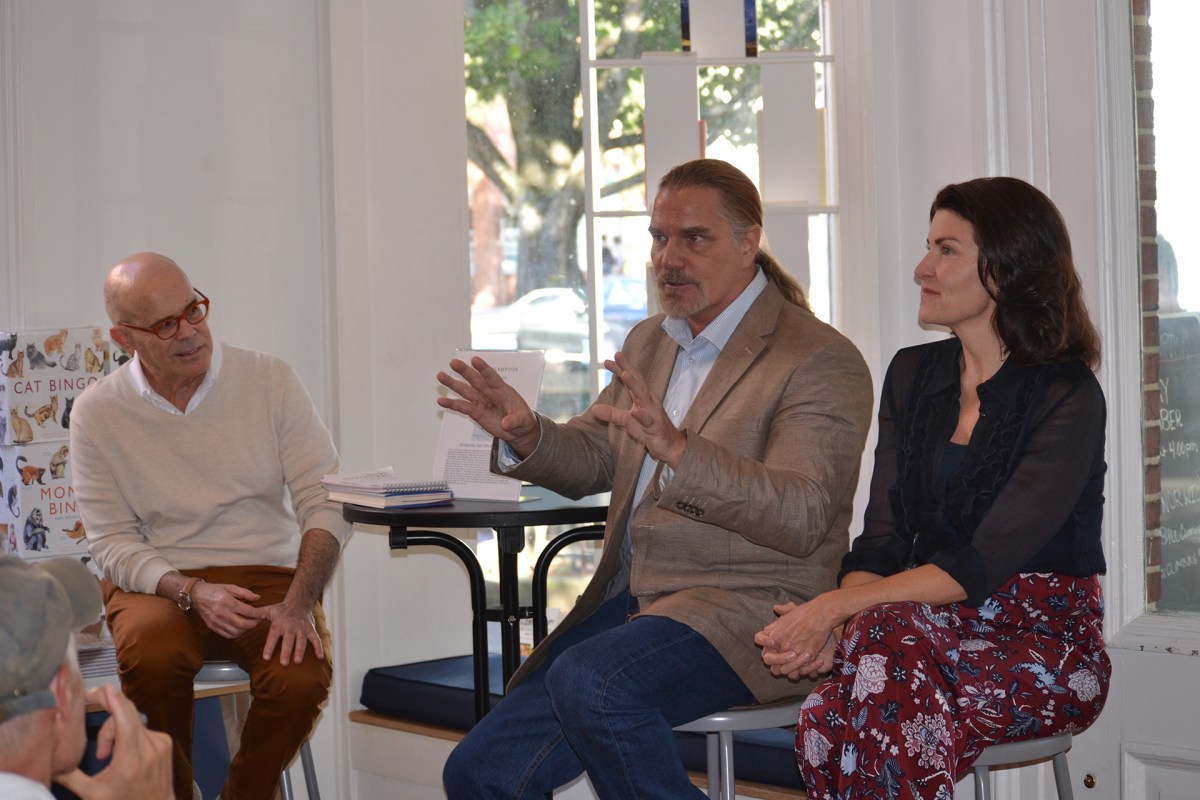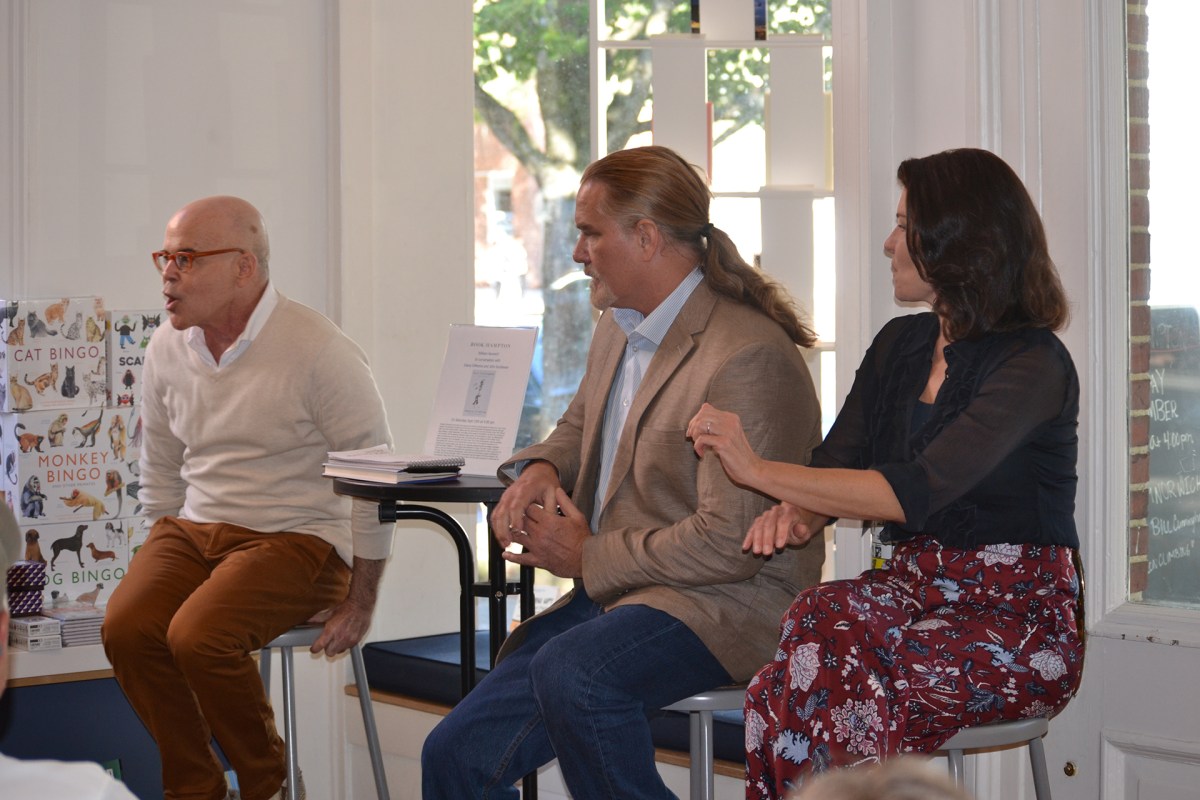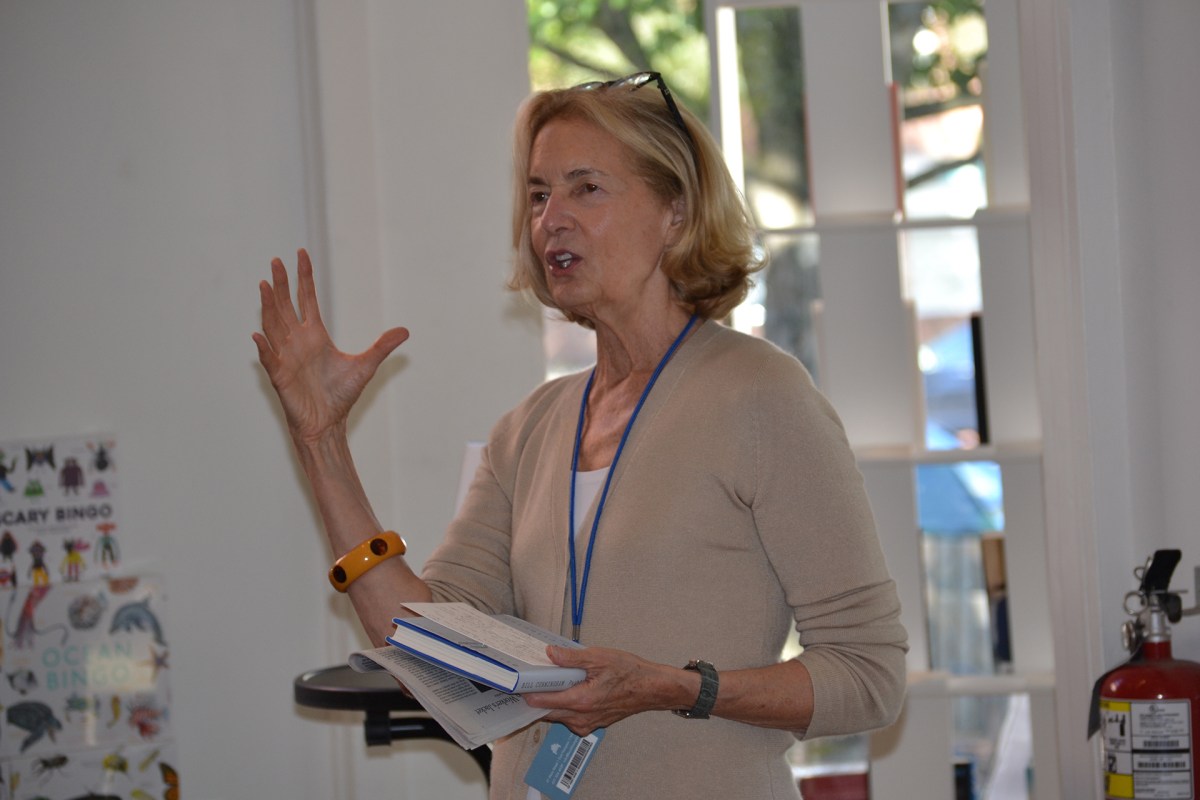Bill Cunningham’s Fashion Climbing
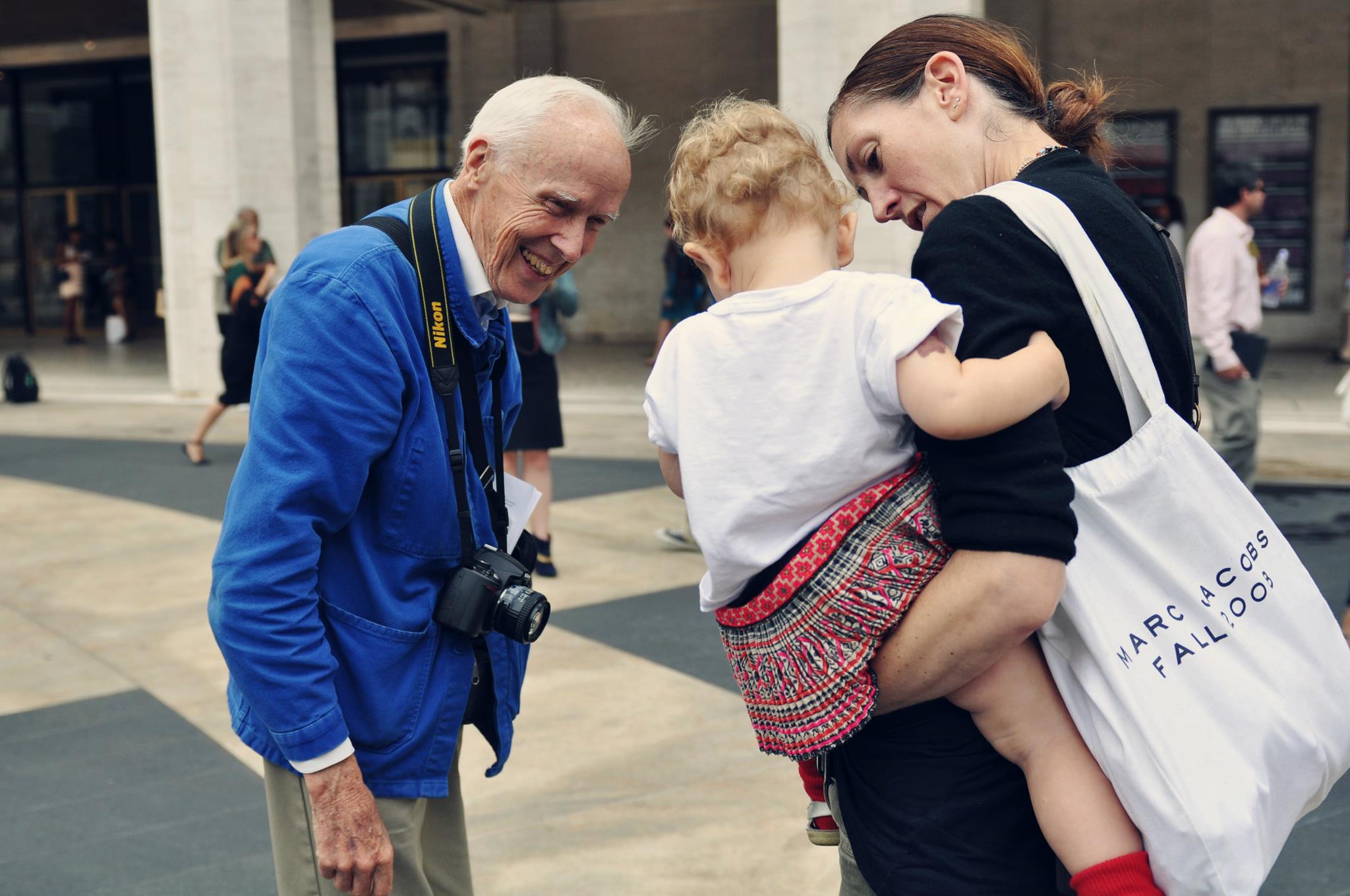
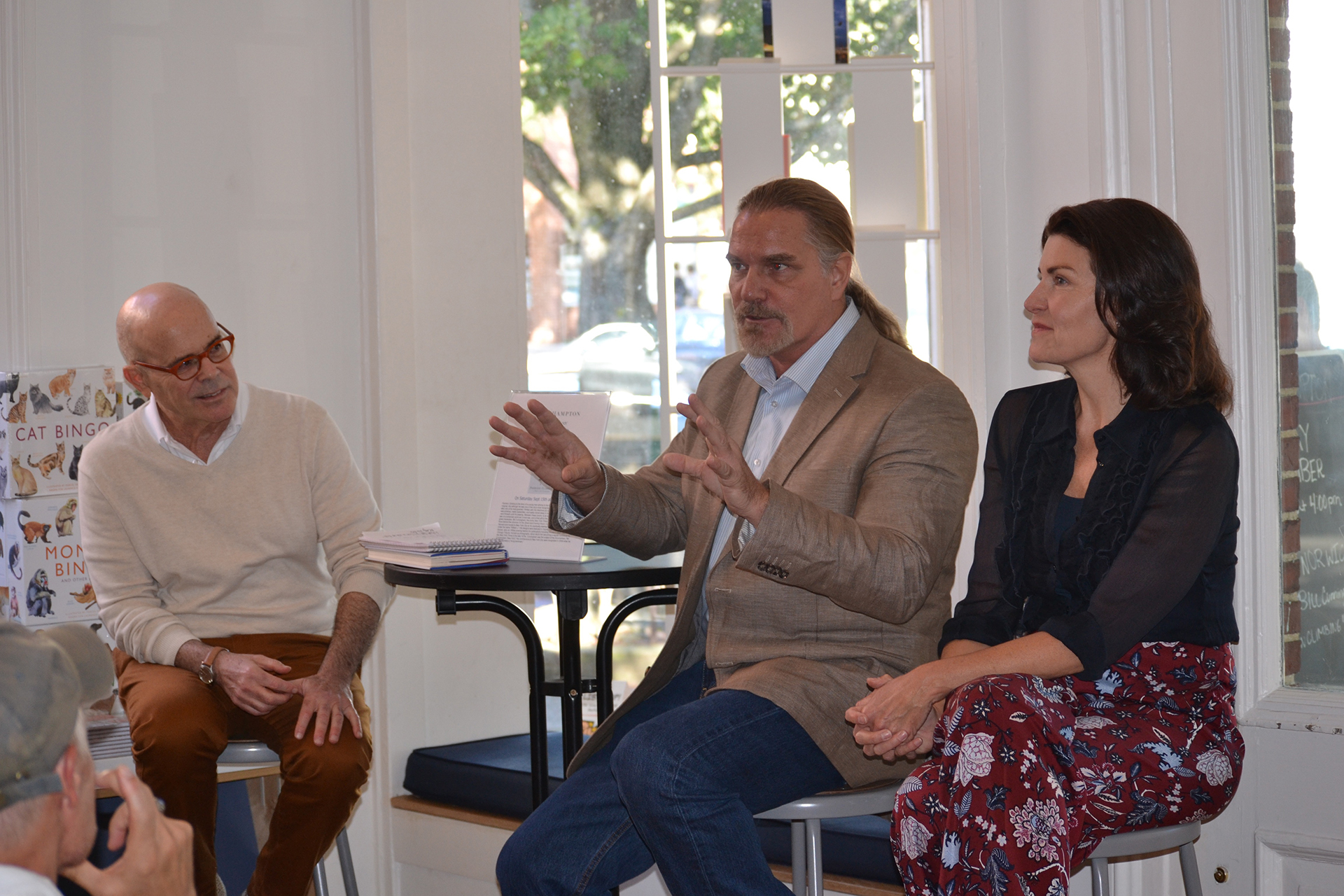
The photographer’s memoir has been released
I didn’t know Bill Cunningham well, or at all really, but one day he called me “child,” and that was something.
I was at the Southampton Hospital summer benefit, a benefit attended and covered by Cunningham year after year. I’m not one to go up to someone and introduce myself out of the blue, but I decided this was a special case. Many people fell in love with Cunningham after the documentary Bill Cunningham New York. Many followed his career for decades. As a journalist with an affinity for fashion, photography, and philanthropic events, Cunningham was always someone I greatly admired. “Child” was an endearing term he used to address people.
So, I asked if I could take a photo of him. He humbly said something like, “Why would you ever want a photo of me?” But he smiled widely and we chatted for a minute before we each went on to photograph the ball gowns and their owners that lined the entrance of the benefit. Guests are always dressed to impress at the Southampton Hospital benefit and I always wondered if they were mostly dressed to impress Bill Cunningham.
The iconic New York Times photographer was a New York City fixture and one of its greatest characters. His weekly photo column “On The Street” focused on fashion on the streets of New York City, while “Evening Hours” featured charity events. In 2009, he was even designated a living landmark. He could be found out and about in New York City in his signature blue jacket, riding his bicycle.
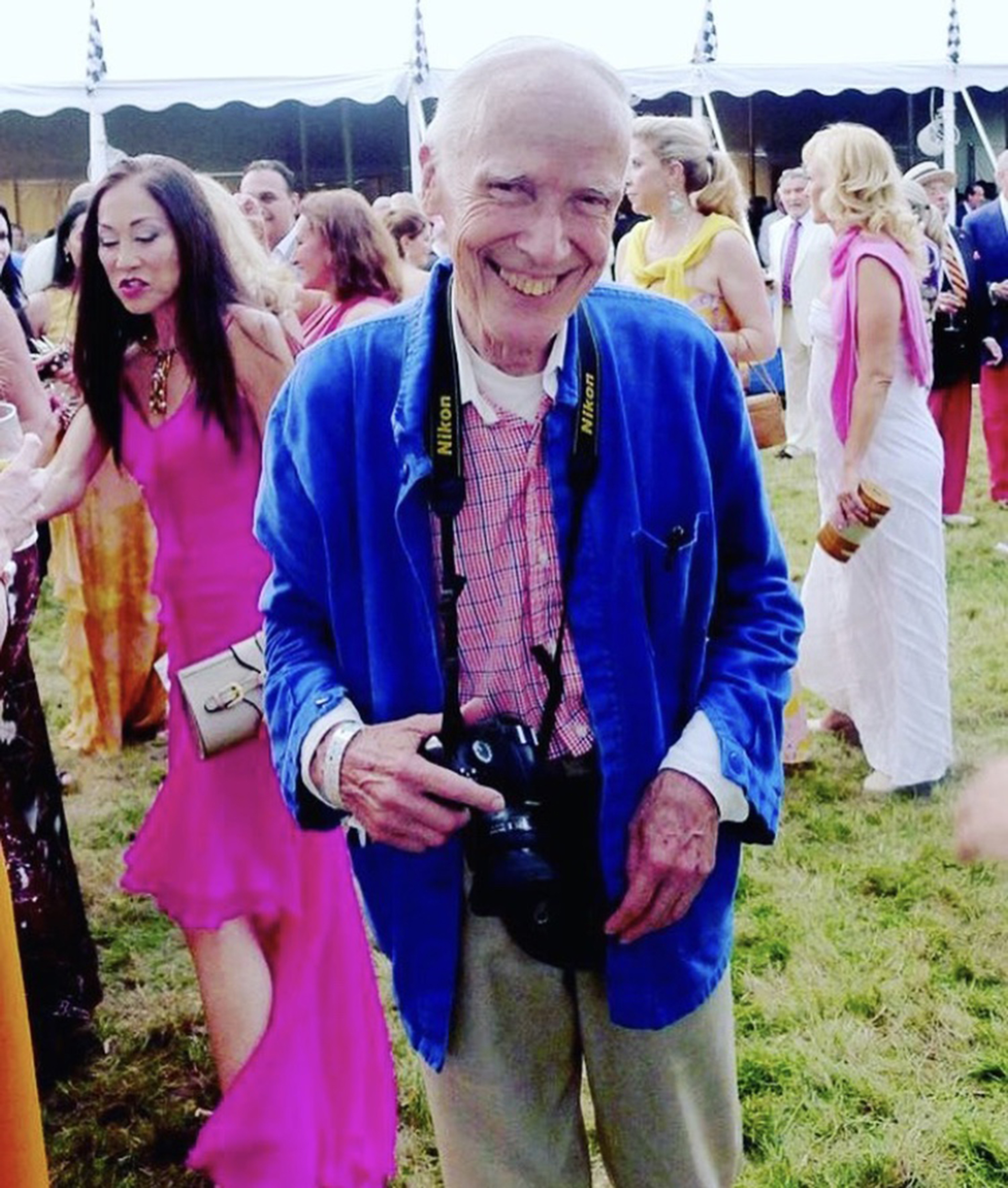
Cunningham’s memoir Fashion Climbing is the story of his early years and his foray into fashion. It sat in one of his many filing cabinets and was released after his death. Cunningham passed away in 2016 at the age of 87.
On Saturday afternoon, a discussion about the untold story was held at BookHampton in East Hampton. The conversation was moderated by William Norwich, and featured Diana DiMenna and John Kurdewan. Norwich wrote a column in the New York Daily News and New York Post between 1985 and 1992. “In that time, I got to know Bill,” he said. Norwich is now an editor for Phaidon Press and was a former editor at Vogue and The New York Times Magazine.
DiMenna, a documentary filmmaker, philanthropist, and Broadway producer, was a close friend of Cunningham’s. Kurdewan is a production artist at The New York Times whose Instagram @workforbillc celebrates his 11 years working exclusively with the photographer. He was also the closest person in the world to Cunningham, DiMenna stated during the discussion.
“We knew that he had written it, and he had actually given a draft to John,” said DiMenna, referring to the book.
The discussion was an insightful look into the life of the famed, and highly guarded, photographer.
“You knew you had done something right if Bill had taken your photo,” reflected DiMenna.
“Bill first took my picture when I was 22 years old. I was at a birthday party for Pauline Trigere, the fashion designer,” she said. “I was just arriving in New York and this funny little man kept taking our picture.” She recalled Trigere saying, “‘Darling, you’ve been photographed by Bill Cunningham.’”
Kurdewan went on to recall a story about Jacqueline Kennedy. When President John F. Kennedy was shot, Cunningham was the one to dye her veil, coat, and dress that she wore. “She would go to Bill to have these dresses made,” said Kurdewan. “These are the stories he would tell you over coffee.”
“It doesn’t surprise me at all that she felt that she could go to Bill and that he would help her and hold her confidence in every possible way,” said DiMenna.
The group discussed candidly Cunningham’s troubled relationship with his family. The book describes how his love of fashion was a source of shame for his family, because of their deep puritanical religious beliefs.
“I have a very hard time with the fact that all of the things he kept extremely private were published,” said DiMenna about the memoir. “However, I think it tells you a lot about Bill. He, on the one hand, loved family, revered family, believed in family, and yet his family prevented him from staying with them and being who he wanted to be.”
“His religion was beauty,” she added.
The book is published by Penguin Press and available at BookHampton.
jessica@indyeastend.com
@hamptondaze
